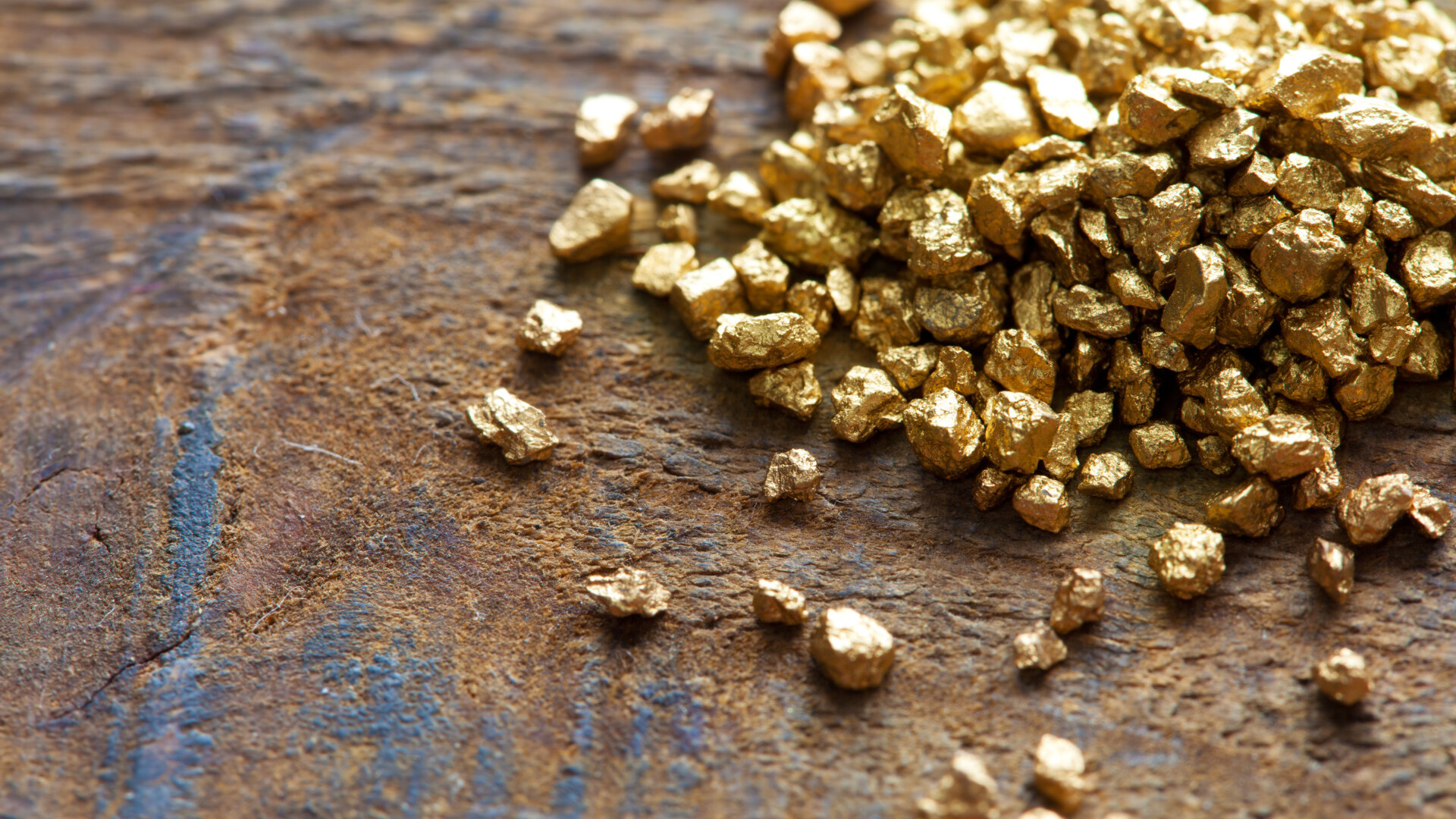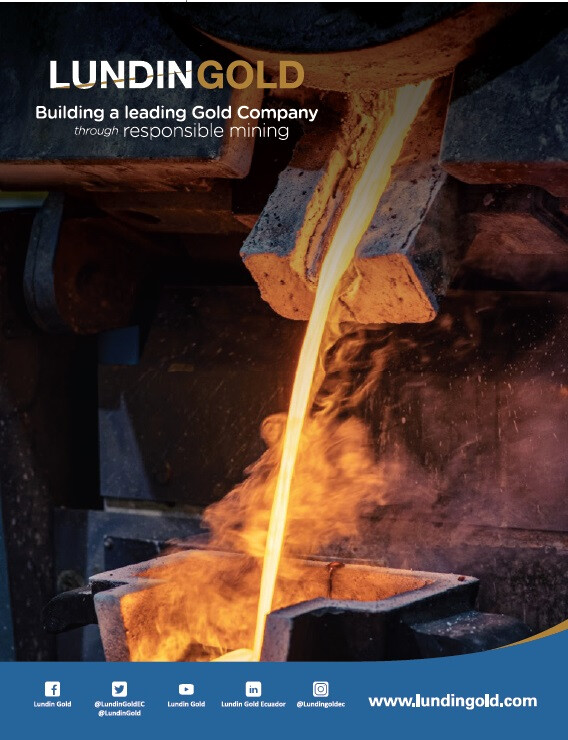2022: A Big Year for Latin American Gold
A long-running lack of exploration, stable prices and ESG investing is pushing consolidation in the gold mining sector…

To paraphrase Charles Dickens, gold’s 2021 “was the best of times, it was the worst of times”. On one hand, it was a great year, with a wave of multibillion-dollar gold mergers and acquisitions – including several Latin American assets. On the other hand, it was a terrible year – with the yellow metal the worst-performing major financial asset and $9billion of outflows from gold ETFs.
In 2021 there was a disconnect between the financial markets, where investors were puzzled that gold isn’t fulfilling its historic role as a hedge against inflation; and the real economy, where goldminers are taking advantage of the stable price to complete M&A deals. We look at what to expect in 2022.
M&A
“The $10.62billion merger between Agnico Eagle Mines Ltd. and Kirkland Lake Gold Ltd. led the way among a wave of monster gold deals in 2021”, says Kip Keen from S&P Global Intelligence. “The market was also rocked by Newcrest Mining Ltd.'s $2.78billion takeover of Pretium Resources Inc. and Kinross Gold Corp.'s $1.44billion acquisition of Great Bear Resources Ltd.” The buying frenzy will continue in 2022, says Keen, because the same forces will be driving M&A activity. “Depleting gold reserves, market pressure to bulk up company valuations and gold asset scarcity will send larger miners out looking to swallow smaller players that are sitting on active mines and higher-quality projects in 2022 gold mining M&A.”
The ultimate cause is the lack of exploration in the previous decade. After the gold price hit a then record high of $1,900 in September 2011, it entered a six-year bear market in 2013, falling below $1,200. Those years of low prices caused gold producers to cut costs and cancel exploration programmes. The price began to recover in 2019 and briefly went above $2,000 during the pandemic. However, even with those higher prices, exploration was impossible in most of the world as Covid-19 restrictions limited most miners to essential activity. This lack of exploration has caused reserves to drop. "Sixteen of the world's 20 largest gold miners saw their overall remaining years of production fall over the 2010-19 period", says S&P Market Intelligence analyst Robert Anders.
Increasing exploration funding will help grow reserves in the long-term. But in the short-term the quickest way for a company to boost reserves is via the chequebook not the drill bit. That is helped by a stable gold price. In contrast to the big swings from 2011 to 2019, gold has remained steady for the last few years, hovering around $1,800. That makes it easier for companies to agree on a value for producing assets and complete a sale.
Boosting reserves isn’t the only M&A incentive. “Gold miners are also looking to expand to be included in exchange-traded funds”, says Keen. “It has become increasingly important to have a larger market cap and a higher trading volume to meet thresholds to be included on some indexes and to attract major investors.”
ESG influence
2022 looks set to be a bumper year for gold mining M&A, yet there are certain structural drivers in place that suggest this could be part of a longer trend of consolidation. Gold mining is a fragmented industry, with more small miners than other metals. But now the ESG drive for environmentally-friendly mining could push consolidation. Miners that want to reduce their carbon footprint need to invest heavily in everything from switching to renewable energy to converting to electric trucks. That upfront capex is hard for a small mine to absorb but becomes easier to finance when you have a large asset with a long life. If current ESG investing trends continue, it seems reasonable to expect institutional investors to prefer mines with the smallest environmental impact. That would push down the share price of the ‘dirtiest’ mines, making them cheaper to acquire.

Indeed, the green issue, is one that affects the gold mining industry at a fundamental level, says BlackRock’s Evy Hambro, one of the sector’s most influential investors. Speaking at the Mines and Money Conference in London, Hambro made a distinction between mining for energy transition metals such as copper or lithium – where the environmental impact of operations is counterbalanced by the impact of those materials against climate change – and gold, which has limited industrial use and is primarily a store of value. “I think it when it comes to other commodities that don’t play the [energy transition] role it becomes much harder to justify why you are digging in the first place.”
Perhaps the ‘S’ is the gold mining industry’s strongest ESG point because, when handled responsibly, gold mining is a force for social development. That might not be so important in developed jurisdictions like Canada or Australia, but it makes a huge difference in the remote corners of Latin America where goldmines are often found. Moreover, the spread of responsible, formal miners in the region, reduces the space for the illegal gold miners that have wrought so much environmental damage and social destruction. The industry needs to do a better job of explaining its positive social impact to institutional investors.
Gold price
A steady gold price might be good for M&A deals but ultimately investors in the sector want it to increase. That might sound greedy, when you consider it is only around 10% off the all-time nominal price record, yet in inflation-adjusted terms the gold price isn’t that high. That is galling for investors because the stage appears to be set for a gold bull market. Inflation in the US is almost 7% - a 40-year high. While the threat of a war between Russia and Ukraine is the type of geopolitical instability that should send investors running to safe havens like gold.
The real fear for investors is that there has been a structural change in markets, which is eating into the appeal of gold. In 2021 the total market value of all traded crypto assets quadrupled to $3trillion. That includes high-profile crypto IPOs, such as Coinbase’s listing on the Nasdaq. For decades, investors looking for ‘ten-baggers’ would target small gold exploration firms as the prospect of a discovery was the most likely way to see massive gains. Now cryptocurrency offers an even more dramatic ‘get rich quick’ scenario.
Crypto also competes with gold as a store of value. There is a finite number of coins in any given cryptocurrency, making it a way to protect against inflation of fiat currencies, which are printed by governments at will. Crypto advocates call it ‘digital gold’. Yet it seems unrealistic to compare an asset with thousands of years of track records to one enjoying its first decade. “Gold has been a financial asset, a means of exchange for thousands of years,” says Hambro “And I think it will continue to be the case a long way into the future.” Indeed, the recent crypto sell off in response to the US Federal Reserve’s threat of interest rate rises suggests the ‘digital gold’ claims might be a tad premature.
Investors can talk a lot about where the gold price should be but ultimately it is out of their control. One thing they can influence though, is what companies they invest in. In 2022 the best picks will be miners with large, low-cost assets that have a long mine life and a low environmental footprint.